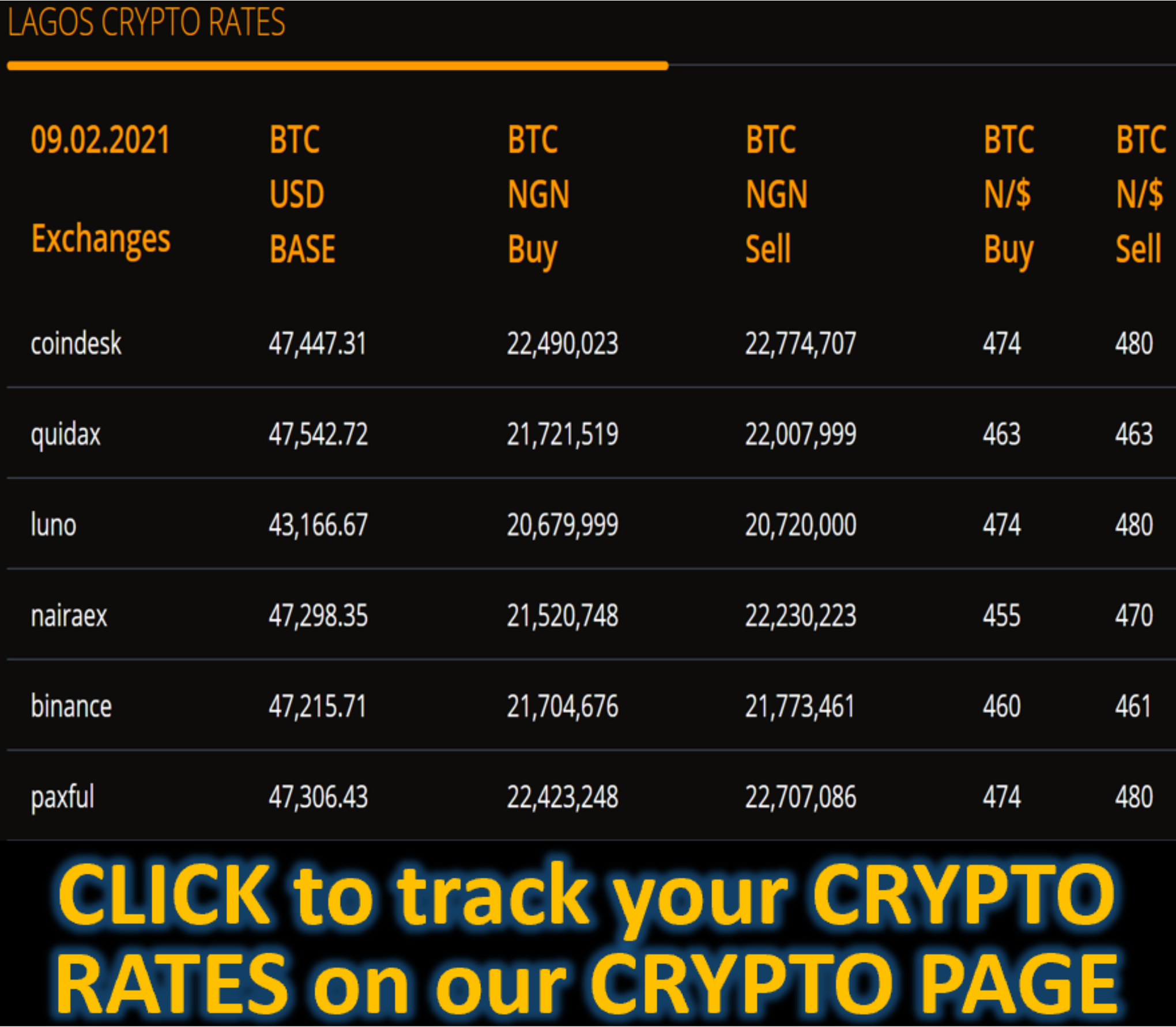Market News
European Banks Look Steadier Than U.S. Peers. 6 Stocks to Consider. - BARRON'S
Some analysts are avoiding the European bank sector’s better known large-cap names. Instead, they are looking at KBC Group or Erste Group.
European banks probably have fewer cockroaches lurking beneath their floorboards than U.S. peers. After a 45% leap in stock prices this year, it pays to be cautious, though.
The collapse of super-leveraged U.S. companies First Brands and Tricolor, and JPMorgan Chase CEO Jamie Dimon’s subsequent vermin warning, have affected financial names on both sides of the Atlantic. The iShares MSCI Europe Financial Services exchange-traded fund is down nearly 3% from a peak on Oct. 3.
Investors’ minds inevitably flashed back to 2008, when the implosion of the U.S. mortgage-backed securities market quickly metastasized globally. “Whenever there is a headline, people tend to sell first and ask questions later,” comments James Macdonald, a senior portfolio manager at RBC Global Asset Management.
There is good reason to believe that this time is different. The best argument for European banks’ safety is how miserable life has been for them since the global financial crisis, which quickly segued into the multiyear euro zone crisis, catalyzed by unsustainable sovereign debt in Greece and other member countries. Credit demand dwindled despite interest rates that long hovered near zero.
“This is the first year in many years that loans are growing in line with GDP,” says Andrew Stimpson, head of European bank research at Keefe, Bruyette & Woods. “Leverage among European corporates and households is back to where it was 20 years ago.”
The European Central Bank, which took over supervision of larger euro area institutions in 2014, has also laid on a heavier regulatory hand than U.S. counterparts. Tier one capital ratios under its jurisdiction average 18%, against 15% in the U.S. More aggressive fine print restrains other follies like the bond portfolio mismatches that undid California-based Silicon Valley Bank two years ago, says Davide Oneglia, director of European and global macro at TS Lombard.
“The SVB crisis would literally not have been possible in Europe,” he says. “The European system is much stronger, especially on regional banks.”
Writ large, Europe needs a more dynamic financial engine for the capital-intensive goals its leaders have set out in defense, green transition and artificial intelligence. “The issue for European banks is they don’t take enough risk,” Macdonald says.
The macro environment seems to be looking up for them, however. ECB interest rates have stabilized, after a cutting cycle, at 2%, low enough for clients to borrow but high enough for banks to earn decent interest margin. “Two to 3% is a sweet spot,” Stimpson says. “It’s great for banks.”
Germany’s promised fiscal bazooka should start firing next year, nudging growth across Europe. Bond yield curves are steepening, widening the spread between banks’ borrowing costs and the interest they can charge on three- or five-year loans. U.S. tariffs of 15% on most imports from the European Union feel surprisingly manageable.
“European companies are adopting a full panoply of measures,” Oneglia says. “Increasing prices a bit, seeking alternative markets. So the effect of tariffs is not dramatic.”
Opinions differ on how much of all that is already in the price. Stimpson takes a bullish view based on valuation. The European banking sector currently trades at an average 8.3 times expected fiscal 2027 earnings, he says. That should reach at least its historical norm of 10 after a “pause for breath,” Stimpson thinks.
Johann Scholtz, European bank analyst at Morningstar, mistrusts the earnings expectations. While nonperforming loans, those more than 90 days overdue, remain tame at 2% sector-wide, loans more than 30 days in arrears have risen steadily since the pandemic to 9.5%, he says. That indicates significant extend-and-pretend in practice. Banks are also beautifying their books through “significant risk transfers,” or SRTs, that shift potentially dodgier assets off balance sheet.









